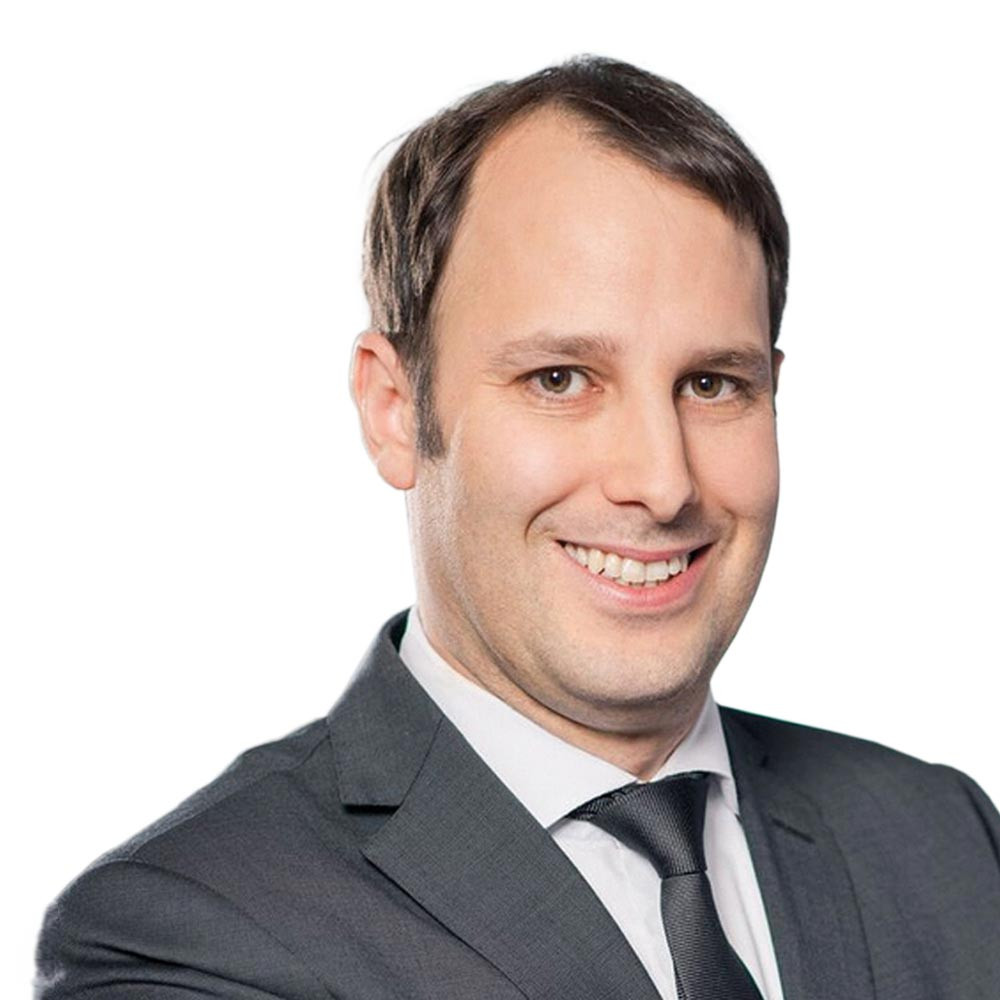For four years now, hkp///group has been supporting Siemens Energy in the development and implementation of strategic HR topics. The establishment and further development of the Comp&Ben area was and is a key focus. An interview with Marc Muntermann, Head of Global Employment & Mobility at Siemens Energy, and David Voggeser, hkp///group Partner, on the key points of a long-distance run with many challenges, but also a successful finish.
Mr. Muntermann, if you look at the Comp&Ben function at its separation from the former parent company Siemens to the present day: How would you describe the leap in development that has taken place?
Marc Muntermann: Our Comp&Ben landscape was initially based on a wide variety of solutions and processes. This heterogeneity was a consequence of the spin-off from the Siemens Group in 2020 and various capital market activities in the following years. The initial task was to harmonize and centralize remuneration systems, reward processes, bonus programs and various local IT solutions for around 97,000 employees in more than 90 countries. We identified the corresponding challenges with hkp///group, among others, and worked on them step by step. In contrast to the initial situation, we now find ourselves in a Comp&Ben world in which core functions are managed centrally and regional teams report to the head office on all key performance indicators and process issues. The most important processes are standardized and harmonized - also as a result of a globally integrated IT basis.
Was the proliferation really that great?
Marc Muntermann: As a spin-off from a traditional firm, we were confronted with established, decentralized structures. There were over 70 processes worldwide for regular salary maintenance and over 200 incentive systems. Without an integrated IT landscape, the process and administration costs were disproportionately high.
David Voggeser: In addition, the deficits in data up-to-dateness and quality were hardly to compensate for. High-quality, uniformly coordinated business support was almost impossible to implement.
What did Siemens Energy want to achieve? What specific goals were defined?
Marc Muntermann: As an HR unit, we are a partner to our globally managed business. We wanted and had to make our contribution to the implementation of the corporate strategy and implement the requirements of the business units: global focus with high service quality and efficient use of resources. This required a new strategy.
David Voggeser: The new Comp&Ben strategy should correctly be an outflow of the business strategy. That sounds banal, but in a company that - how could it be otherwise - was still in the process of finding itself at the beginning, the right strategic anchors and operational fields of action first had to be identified, their significance analyzed and finally coordinated and communicated.
How did you proceed?
Marc Muntermann: Together with hkp///group as a companion in the development and implementation of the new Comp&Ben strategy, we first defined the goal: to move away from the country-specific remuneration world and towards a uniform governance framework with a central IT platform.
David Voggeser: Various strategic approaches for the new Comp&Ben were subsequently developed and analyzed by the joint project team. Ultimately, the approach referred to in the Siemens Energy vocabulary as global verticalization prevailed.
What exactly does global verticalization mean in practice?
Marc Muntermann: A global Comp&Ben governance team defines, develops or optimizes and implements the globally valid products such as grading, variable remuneration and their processes and tools. In close coordination with the local and regional units, the specific local features were taken into account.
Nevertheless, end-to-end verticalization requires a high degree of standardization and therefore investment in a central tool landscape!
David Voggeser: That is the case. There is no other way to efficiently manage the global world of Comp&Ben. However, it should be emphasized that the desired verticalization or central governance was not a blunt, blanket target, but that this management model should always offer scope for the mapping of local, regional or even function-specific characteristics, in line with the classic freedom within a frame approach. And, of course, there is a business case behind every investment, which must pay off either through cost efficiency or a higher level of service. In this case, both have been achieved.
Marc Muntermann: With the experience of the last few years, I have to say that the investments in harmonization and standardization have paid off, as has the pain of replacing cherished old solutions with a state-of-the-art tool.
Otherwise, it would probably not be possible to ensure such comprehensive access to relevant data in the desired quality and up-to-dateness...
Marc Muntermann: No, certainly not in self-service. We now even have an overview of the costs and can therefore prove the return on Comp&Ben investments.
How did you go about implementing the new Comp&Ben strategy?
Marc Muntermann: Initially, a decentralized but globally active Comp&Ben team was set up. It was important for us to be close to the regions and the individual business units. In addition, there was a central team that was primarily responsible for technical solutions, processes and data. As soon as this structure was implemented, the Comp&Ben processes and products were defined as global standards with the necessary local additions in coordination with the regional teams.
How do Siemens Energy managers benefit from the new approach?
David Voggeser: All standardization, harmonization and centralization is nothing if local managers do not have appropriate support. Accordingly, a self-service solution was developed that allows managers worldwide to process remuneration issues for employees in a standardized way. The very user-friendly application links a wide range of data on one interface and thus provides all users, including managers, with the necessary information intuitively, quickly and reliably.
Marc Muntermann: Overall, we were able to generate enormous added value through verticalization, as global managers were able to edit all Comp&Ben-relevant processes and data in real time for the first time.
Can the added value also be expressed in figures?
Marc Muntermann: Let's take the example of the annual merit process, which we carried out for the first time in 2023 on the basis of the new system, simultaneously in over 70 countries. The response rate was only one to two percent, without any additional support or costs. In the past, Excel tables were often compiled in local currency for global coordination.
David Voggeser: Apart from the effort involved for HR, juggling with Excel tables was also confusing, as remuneration, for example, is defined in local currency. Today, managers worldwide can convert salary data directly into euros in Self Service. In general, better decisions can be made much faster thanks to new functionality and transparency.
Is verticalization a prerequisite for efficient reporting?
Marc Muntermann: The availability of HR data is becoming more important than ever. One example of this is the equal pay analyses required for sustainability reporting, which can now be presented promptly and efficiently on a secure data basis and quality. Today, it is also possible to show at any time how many employees are allocated to which function or management level per area, while at the same time being able to compare these quantity structures with the market.
Can verticalization in management also be applied to the HR function?
David Voggeser: The centralized management approach also makes sense for areas such as Global Mobility or Employment Conditions. We are currently working on this in the project. From my point of view, if a central alignment of Comp&Ben - as an area with the highest demands on compliance and employee experience - works, this should also be worth considering for the entire HR function, especially because the IT applications interact so strongly.
What should companies facing similar challenges look out for?
Marc Muntermann: Analyzing the initial situation and defining a clear picture of the future was particularly helpful. With hkp///group, we had a strategic partner at our side who could also navigate the pitfalls of implementation. Simply starting out would not have been a good alternative - especially from today's perspective.
Thank you very much for the interview!


